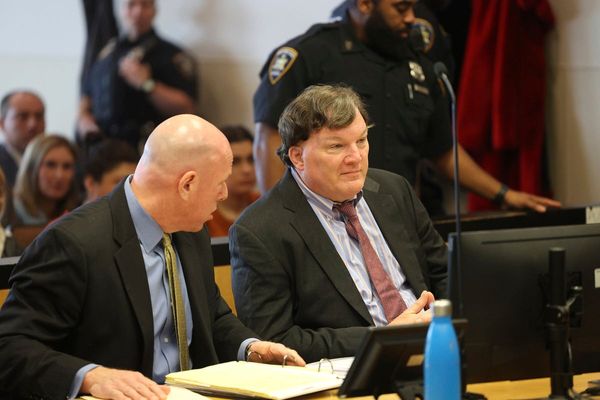A HUGELY popular trail has been closed for the whole of 2025 due to “extensive storm damage”, it has been announced.
The Forestry and Land Scotland (FLS) said it was forced to make the “regrettable” decision to close Puck’s Glen gorge, in Argyll and Bute, to visitors for the 2025 season.
In a statement, FLS said the closure would allow teams to assess the damage and plan for work to be carried out following damage caused by Storm Eowyn in January.
FLS area visitor services manager Gill Walker said the decision to close one of their most popular trails was not taken lightly.
She said: “The complex nature and extent of tree damage is unfortunately not going to be a quick fix and as a result, Puck’s Glen gorge is not going to be open to the public this season.
“We know the glen is a popular destination with local people and those that travel from across the country, the UK and internationally so this is a decision that has not been taken lightly.
“Our teams will continue to assess the extensive damage and determine the best way forward to reopen the site.
“We apologise for any inconvenience this might cause and strongly urge visitors to observe and follow all safety and closure signage.”
Storm Eowyn also hit other sites on the Cowal Peninsula with FLS teams working hard to reopen the forest road network and trails in the area to offer visitors alternative options to Puck’s Glen.
Walker said FLS hopes to have sites like Kilmun Arboretum and Glenbranter fully open by the end of April in time for the visitor season.
“A circular route offer from the Puck’s Glen car park linking Benmore and the wider forest will also be available,” Walker said.
“This part of Scotland offers visitors beautiful and dramatic scenery with towering trees, stunning waterfalls and a chance to see a diverse array of wildlife but public safety is our top priority so ask for patience and understanding from visitors until it’s safe to access FLS sites.
“Before venturing out, please always check our website for the latest advice and information about the local forests.”







